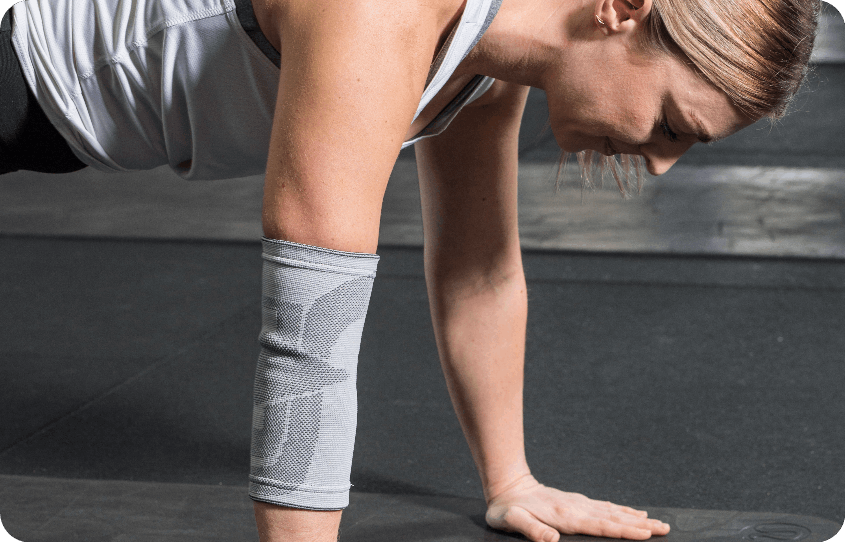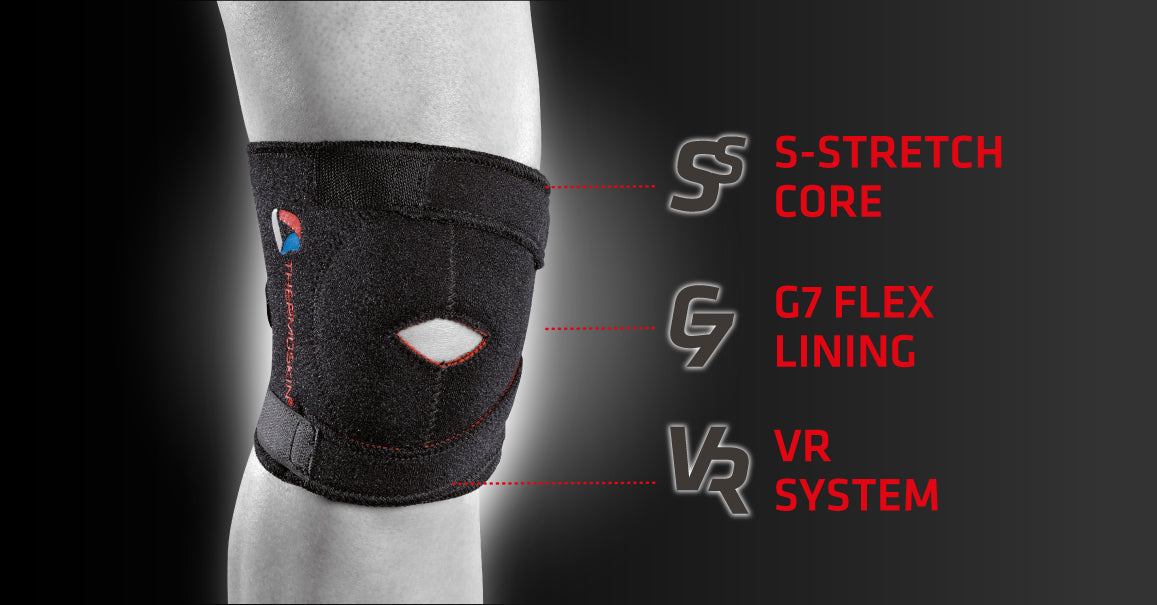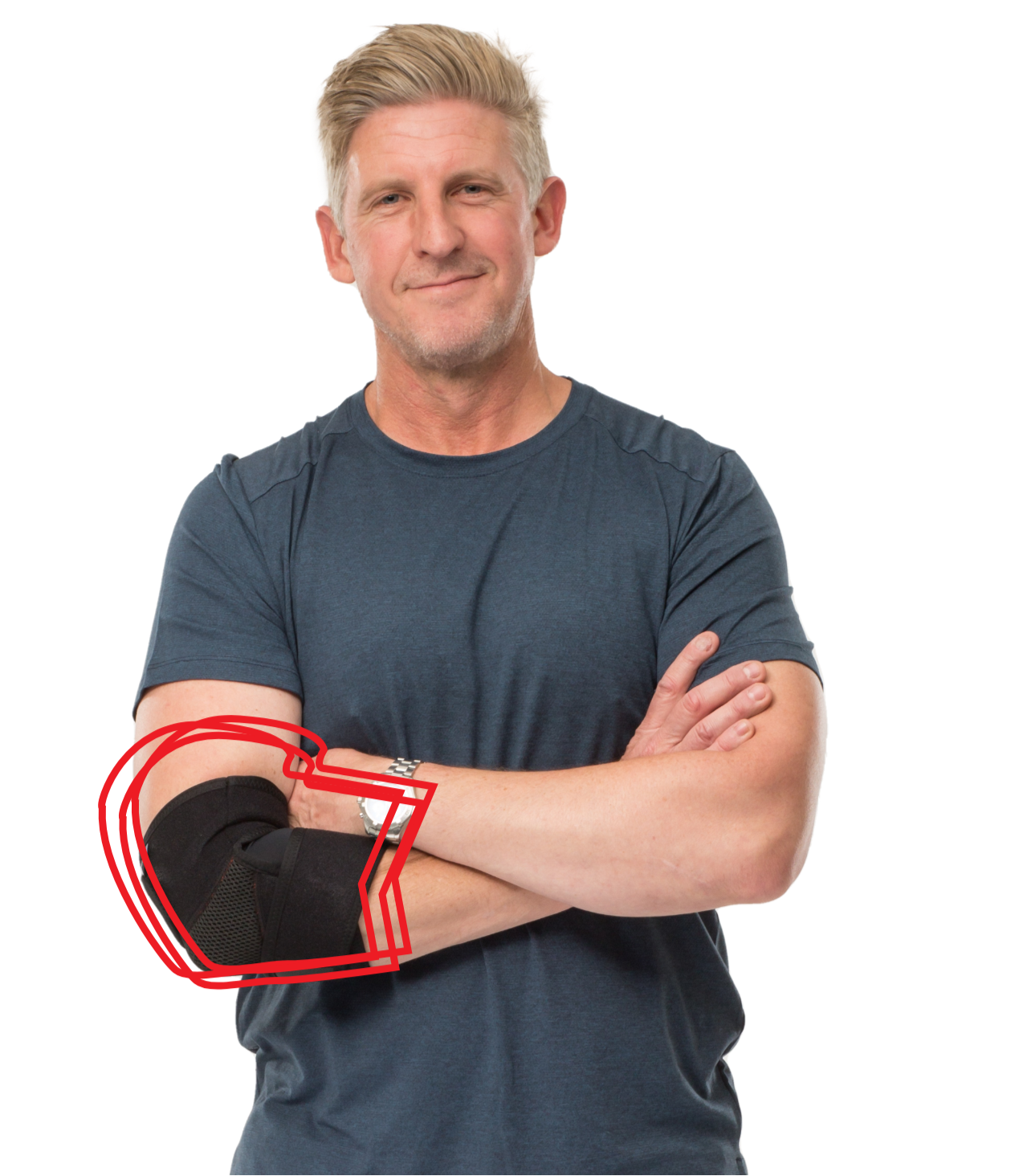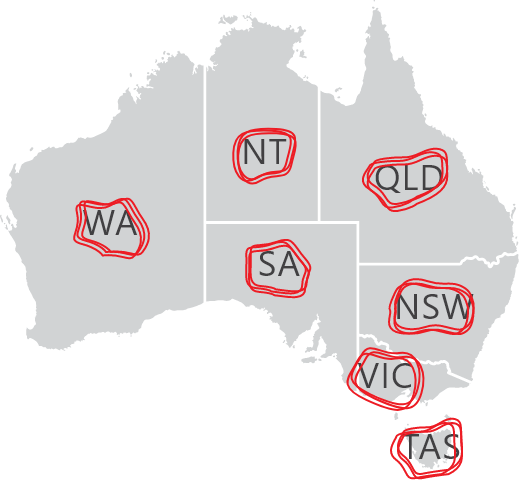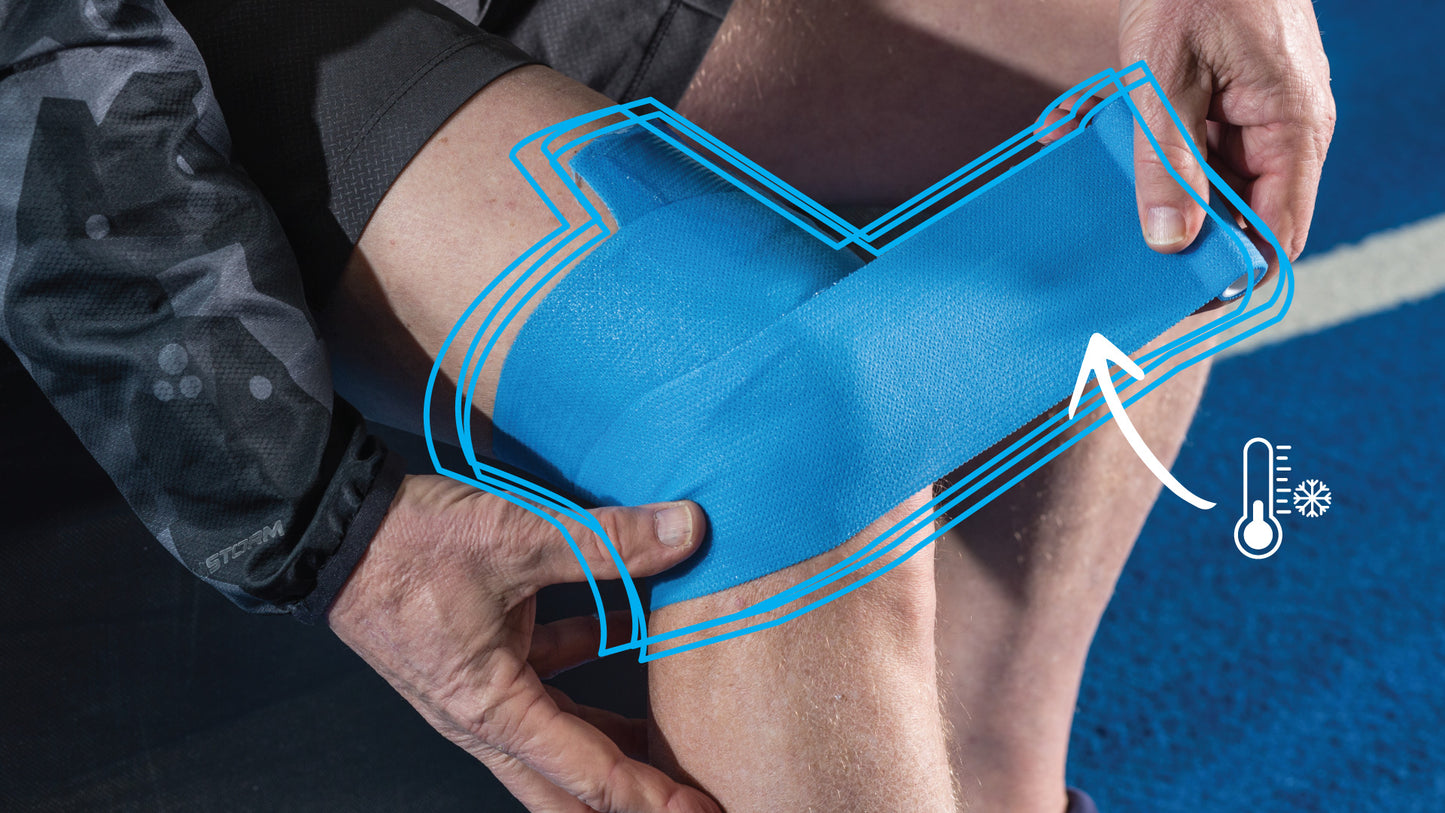
Author: Aaron Beck, APAM MACP, Australian Physiotherapy Association (APA) Member, Titled Sports and Exercise Physiotherapist, APA Titled Musculoskeletal Physiotherapist, APA SA Branch President
RICE is an acronym for Rest, Ice, Compression and Elevation. This method refers to a commonly used process that athletes and health professionals often follow to manage minor acute soft tissue injuries, such as muscle strains, contusions, or ligament sprains. If you have sustained a complex or significant soft tissue injury, it is recommended you see a health professional, such as a physiotherapist, for injury diagnosis and management prior to returning to sport/activity.
How to manage a soft tissue injury in the first 72 hours
The RICE protocol should continue for the first 72 hours post soft tissue injuries to help reduce swelling and pain. These steps create a good environment for the natural process of tissue healing to occur. While simple pain management such as Paracetamol is often appropriate for pain management post-injury, early usage of anti-inflammatory drugs is not recommended in acute soft tissue injuries.
- R = Rest. Have a rest from the aggravating activity that caused the injury. You will still need to move around post-injury, but try and keep this to essential movement only in the first few days to let the body recover. Things that may provide support and make it easier to move post-injury include crutches, taping/bracing, orthoses, slings or splints. Some gentle movement and weight bearing through the injured area is appropriate within pain tolerated levels.
- I = Ice. Try applying ice to the injured area for 20 minutes every 2 hours for the first 72 hours post-injury. This can take the form of ice packs, ice buckets or ice recovery bandages. Be careful not to apply ice directly to the skin or for too long as an ice burn can occur in the underlying tissue, so have a damp cloth or wrap between the ice and your skin. Ice helps cool the injured tissue and can assist with pain management.
- C = Compression. This can take the form of tape, tubular bandages and compression support. Always check the limb for circulation and feeling post application to avoid the compression being too tight. Try to do some gentle movement of your toes (for lower limb injuries) or fingers (for upper limb injuries) to ensure adequate circulation. It is recommended to wear compression during the day and remove overnight. Compression predominantly assists with swelling management.
- E = Elevation. This is when the injured area is elevated above the level of the heart to assist with swelling reduction. Try to remain in this position for as long as comfortable and practical in the early period post-injury.
There may also be an additional R at the end of the RICE acronym, known as RICER.
- R = Referral. This relates to the injured being referred to a health practitioner, such as a physiotherapist or medical officer, for further assessment if you are concerned that the pain has not reduced significantly 24-48 hours post-injury. This is important to gain an accurate injury diagnosis and implementing appropriate management protocols (e.g. x-ray showing fracture).
* Please note that the information provided in this blog does not replace professional advice.
